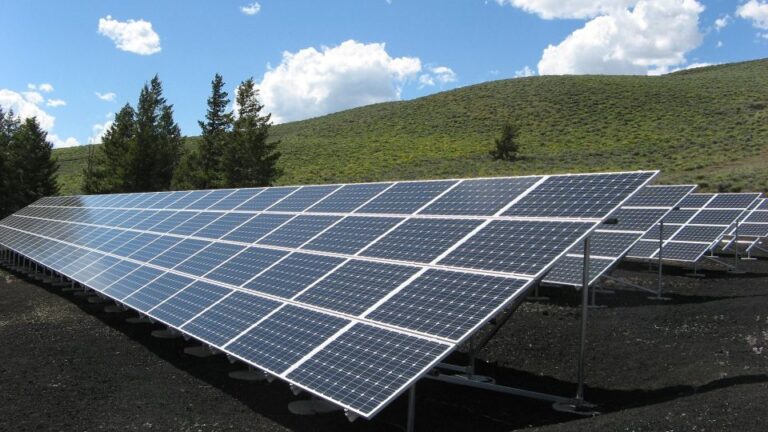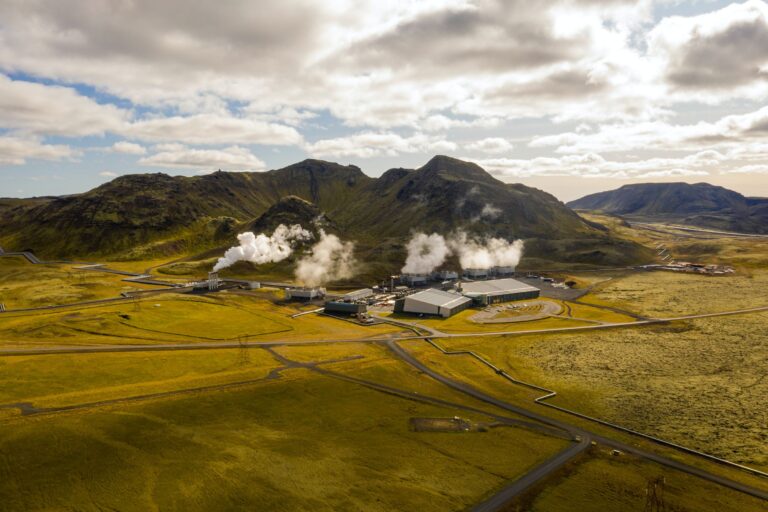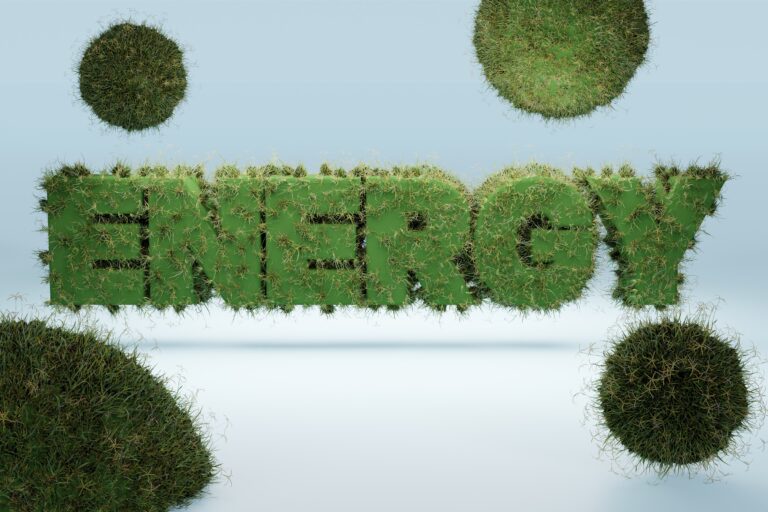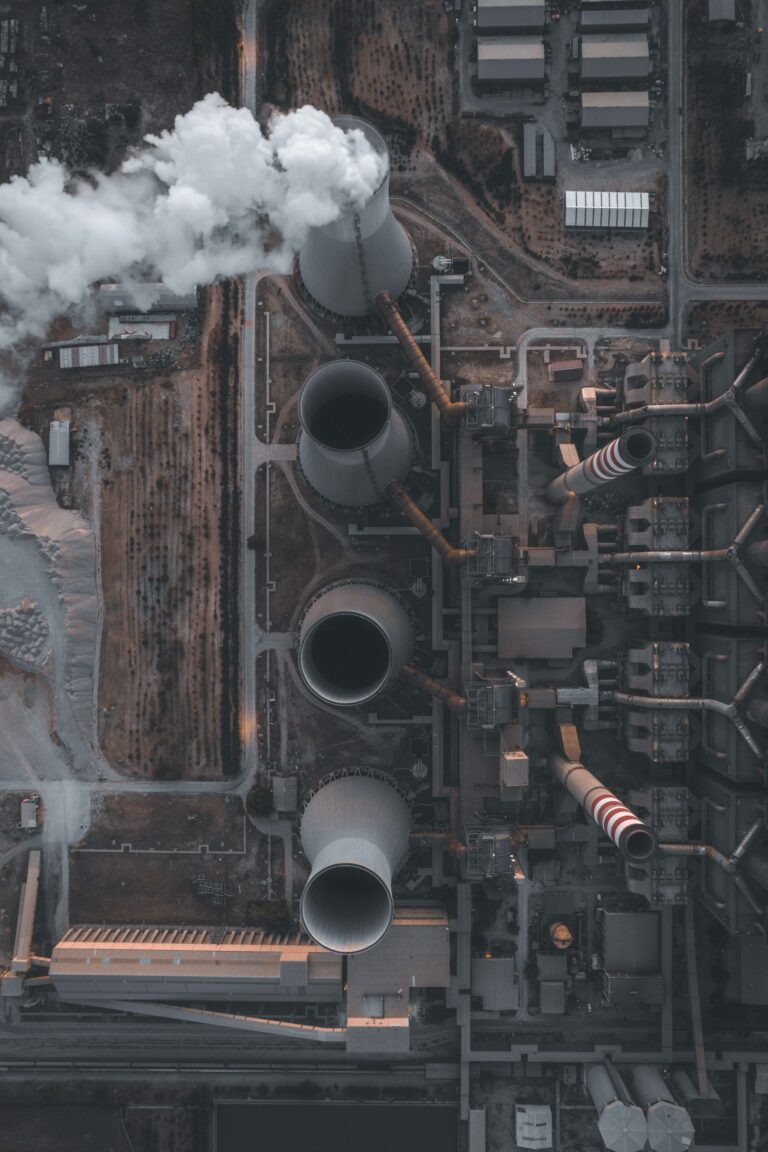The Environmental Impact: Wind Energy vs Fossil Fuels
Energy production has a major environmental effect, and it is a subject that has received increased focus in recent years. The manner in which we generate energy has an impact on the oxygen we breathe, the water we consume, and the ground we live on. To make educated choices about our energy use, we must first comprehend the environmental effect of energy production. This is an especially timely subject given the difficulties of climate change and the need to move to more sustainable energy sources. In this article, we’ll look at the environmental effect of energy production and why it’s so important to handle it.
Table of Contents
Fossil Fuels and their Environmental Impact
Fossil fuels are non-renewable energy sources derived from the decomposition of dead vegetation and creatures. These fuels, which include coal, oil, and natural gas, are used to generate energy in a variety of ways, including power, transit, and heating.

The use of fossil fuels, on the other hand, has a detrimental effect on the environment. The combustion of fossil fuels emits hazardous chemicals into the atmosphere, resulting in air pollution. This pollution can lead to respiratory issues, cardiac illness, and even mortality. In reality, air pollution caused by fossil fuels is accountable for an estimated 4.5 million deaths worldwide each year.
Water contamination is also caused by fossil fuels. Spills and leaks caused by the mining and transit of these fuels can contaminate water sources and damage aquatic life. The Deepwater Horizon oil spill in the Gulf of Mexico, for example, did significant harm to marine ecosystems and animals.
The contribution of fossil fuels to greenhouse gas emissions is perhaps their most important environmental effect. Because of these pollutants, heat is trapped in the atmosphere, causing global warming and climate change. The use of fossil fuels accounts for roughly 80% of all greenhouse gas pollution globally.
According to statistics, the use of fossil fuels is growing, with worldwide energy consumption from these sources anticipated to increase by 25% by 2040. This tendency will only worsen the environmental effect of fossil fuels.
To summarize, while fossil fuels have long been a major source of energy, their negative effect on the ecosystem cannot be overlooked. To mitigate the harm created by fossil fuels and guarantee a viable future for our world, we must shift to cleaner, renewable energy sources.
Wind Energy and its Environmental Impact
Wind energy is a sustainable form of energy produced by utilizing the force of the wind. Wind mills are used to transform wind energy into electrical energy. Wind turbine electricity can be used to power homes, companies, and even entire towns.
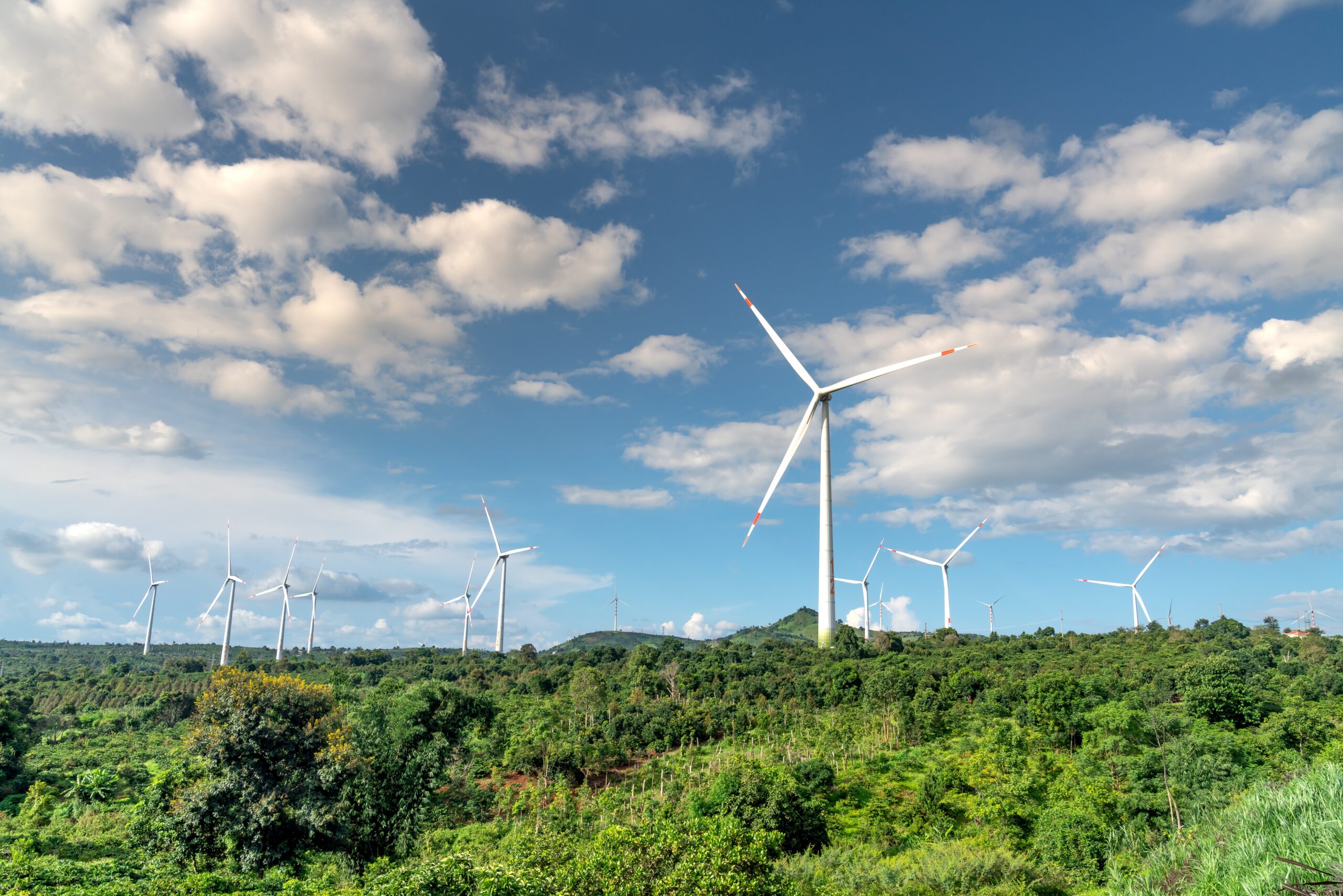
One of the most important advantages of wind energy is its positive environmental effect. Wind energy, unlike fossil fuels, does not emit toxic pollutants that damage the ecosystem and human health. Wind energy produces no carbon emissions, which are the cause of climate change. As a result, wind energy is a pure and renewable energy source.
Wind energy has the ability to decrease carbon dioxide emissions by 2.5 billion tons per year by 2030, according to the American Wind Energy Association. This is the equal of removing 527 million vehicles from the road. Furthermore, wind energy can aid in the reduction of water contamination by lowering the need for water-intensive energy sources such as coal and natural gas.
Wind electricity is also beneficial to air purity. Wind energy has the ability to decrease sulfur dioxide and nitrogen oxide pollution by 4.9 million and 7.6 million tons per year, respectively, according to the National Renewable Energy Laboratory. This has the potential to decrease the amount of respiratory illnesses and other health issues caused by air pollution.
To summarize, wind energy is a pure and renewable form of energy with a beneficial environmental effect. Wind energy can help safeguard the environment and enhance human health by decreasing air pollution, river pollution, and greenhouse gas emissions. Wind energy will play an increasingly essential role in fulfilling our energy requirements while protecting the ecosystem as the world continues to transition to renewable energy sources.
Comparing the Environmental Impact of Wind Energy and Fossil Fuels
Renewable energy and natural fuels are two of the most widely used energy sources today. While both have benefits and disadvantages, it is critical to consider the environmental effect of each. In this article, we will compare and contrast the environmental effect of wind energy and fossil fuels, as well as explore the environmental benefits and drawbacks of each energy source.

Effect on the Earth
The environmental effect of fossil fuels is well documented. The mining, conveyance, and combustion of fossil fuels emit hazardous pollutants into the atmosphere, water, and land. Carbon dioxide, sulfur dioxide, nitrogen compounds, and particulate matter are examples of contaminants. These pollutants add to climate change, acid rain, and air pollution, all of which can be harmful to people and animals.

Wind energy, on the other hand, has a much smaller environmental effect. Wind generators produce no pollutants or greenhouse gases and do not require water to chill. Wind turbine building and upkeep, on the other hand, can have an environmental effect. Wind turbines, for example, can disturb animal habitats and migratory patterns.
The Benefits and Drawbacks
Because of their availability and affordability, fossil fuels have been the main source of energy for many years. Their environmental effect, on the other hand, has led to the creation of alternative energy sources such as wind energy. The dependability and constancy of natural fuels is one of their advantages. Wind turbines are reliant on wind speed and direction, whereas fossil fuel power plants can produce energy 24 hours a day, seven days a week.
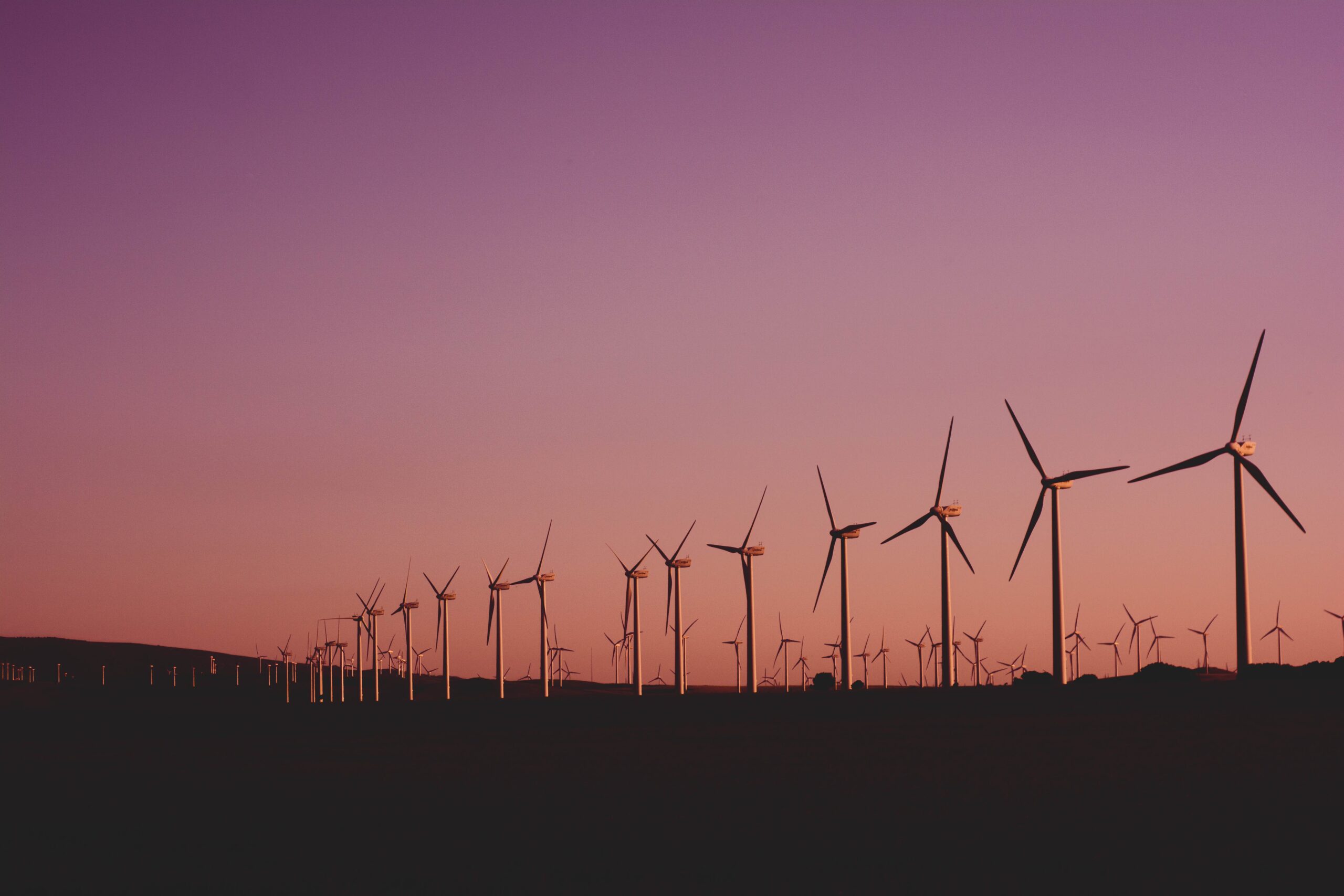
Wind energy, on the other hand, has a number of natural benefits. Wind energy is a sustainable energy source, which means it will never be depleted. Wind turbines have a minimal carbon impact as well, making them an appealing choice for lowering greenhouse gas emissions. Wind electricity, however, is not without drawbacks. Wind turbines can be disruptive to animals, especially birds and bats.
Data and Case Studies

The use of fossil fuels made for 73% of worldwide greenhouse gas emissions in 2019, according to the International Energy Agency. Wind energy, on the other hand, made for only 0.5% of world greenhouse gas emissions. Wind energy is the fastest-growing renewable energy source in the United States, with over 100 GW of total capability by 2021.
To summarize, while both wind energy and fossil fuels have benefits and disadvantages, wind energy clearly has a much smaller environmental effect. Wind energy growth and extension will be critical in lowering greenhouse gas pollution and easing the impacts of climate change.
Last Thoughts
Finally, the piece has emphasized the critical need to shift to sustainable energy sources such as wind energy in order to reduce the negative environmental effect of energy production. The following are the article’s major points:
To begin, the piece stressed the negative environmental impacts of fossil fuel-based energy production, such as air and water pollution, climate change, and ecosystem loss. These repercussions are far-reaching for human health, wildlife, and the economy.
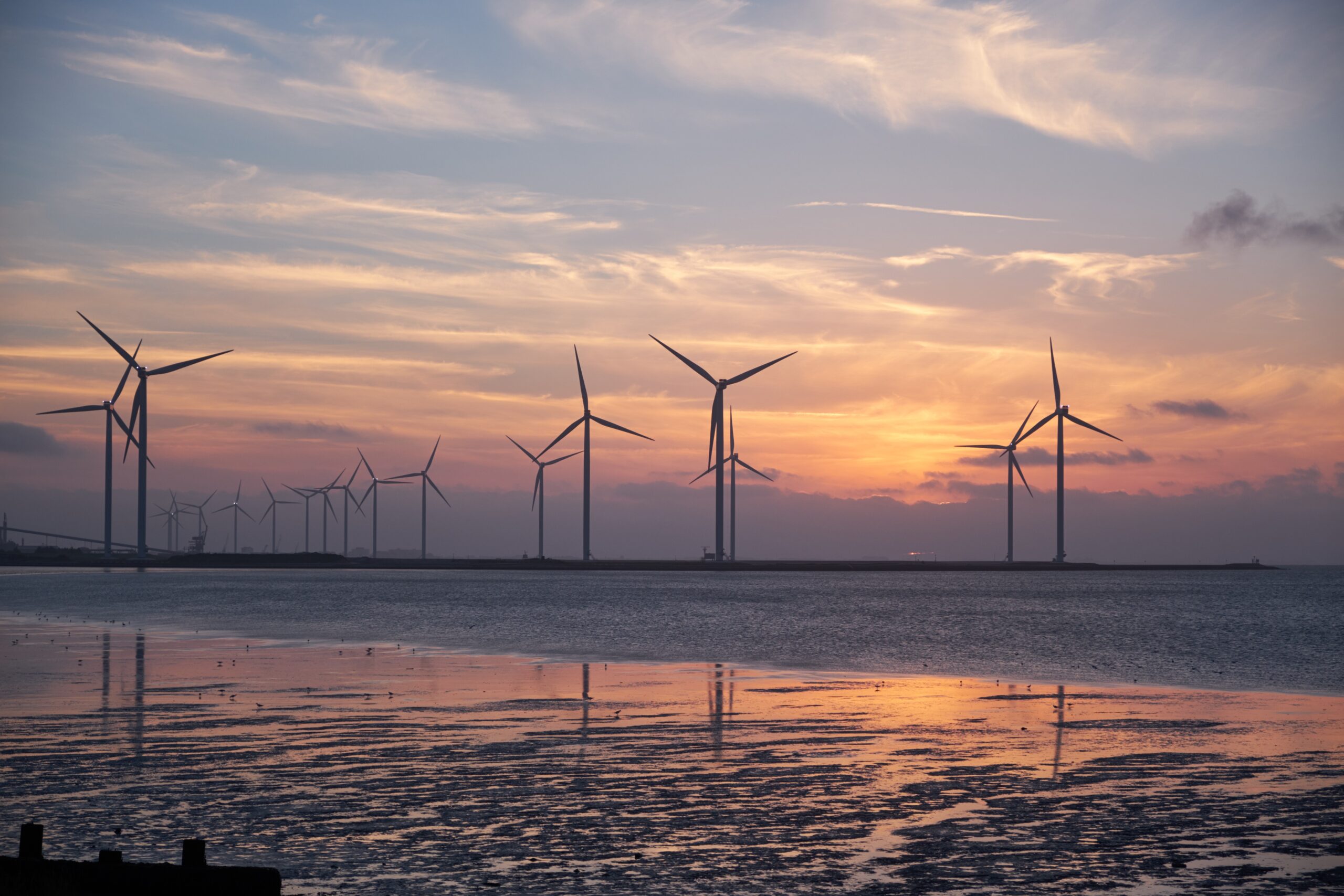
Second, the piece has emphasized wind energy’s promise as a clean and sustainable option to fossil fuels. Wind energy is plentiful and widely accessible, and it produces no greenhouse emissions or other pollutants. Furthermore, wind energy is becoming more cost-competitive with fossil fuels, making it a viable choice for large-scale energy generation.
Finally, the piece addressed the challenges and possibilities connected with the transition to wind energy. These include the need for supportive policies and regulations, R&D funding, and general instruction and understanding. The piece also discussed the possible advantages of wind energy, such as employment creation, energy security, and decreased reliance on foreign oil.
Overall, the piece has emphasized the significance of shifting to renewable energy sources such as wind energy in order to handle today’s pressing environmental and economic issues. We can build a healthier, more prosperous, and more sustainable future for ourselves and future families by adopting pure and sustainable energy sources.

